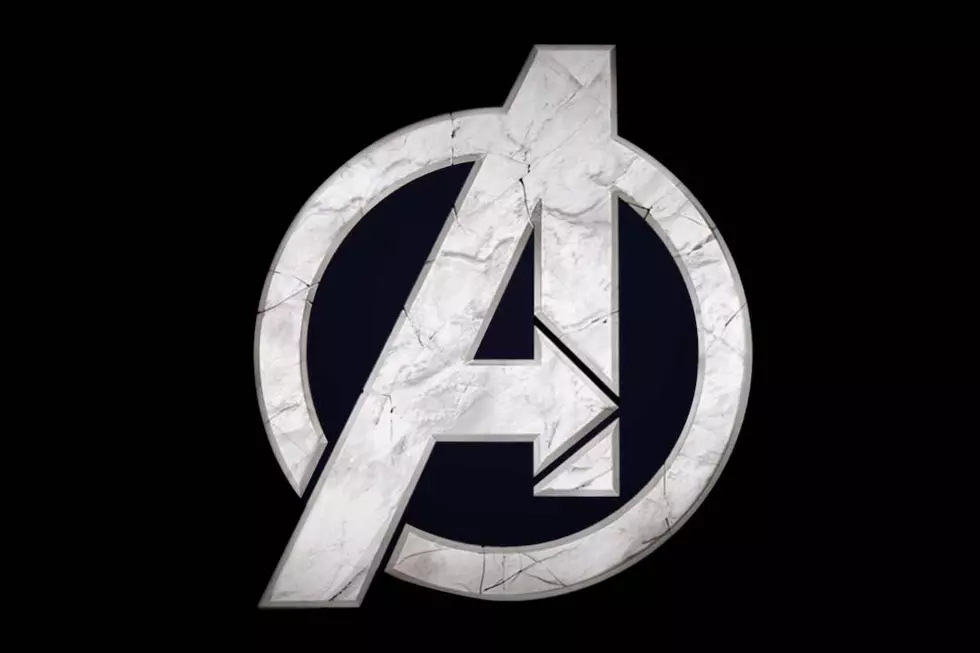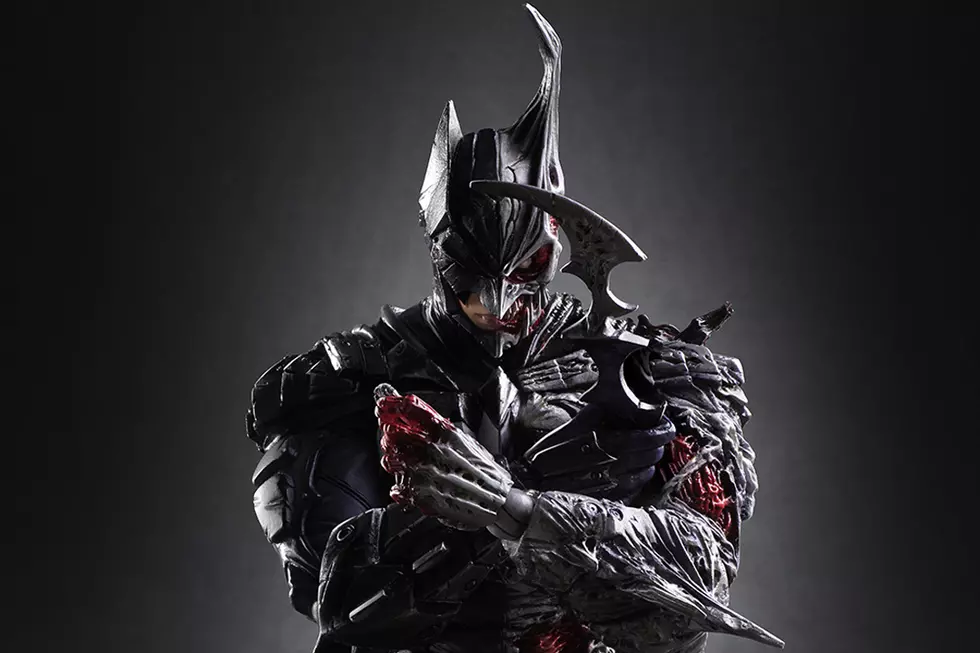
Japanese Game Developer Square Enix Head Hazards A Theory On The Nation’s Manga Sales Supremacy
 As far as suits were concerned, in the early 2000s manga (and anime) were the next big thing. Aside from the occasional nagging quality issues, most comic fans couldn't complain. The market may have become flooded and bookstore space may have competed with traditional graphic novels, but by golly, stuff was finally widely available.
As far as suits were concerned, in the early 2000s manga (and anime) were the next big thing. Aside from the occasional nagging quality issues, most comic fans couldn't complain. The market may have become flooded and bookstore space may have competed with traditional graphic novels, but by golly, stuff was finally widely available.
So why didn't America's reading base, which is potentially even larger than Japan's, eclipse manga's sales in the motherland?The reasons are many, including the most obvious - that comics are more integrated into Japan's mainstream culture, but Square Enix's Kouji Taguchi pointed out some other practicalities working against full-on US integration on the Web site Sankaku Complex:
The best sellers in the US were "Full Metal Alchemist" and "Naruto," but these only sold a tenth to a twentieth of what they sold in Japan. I think the main reasons are as follows:
1. Fewer copies are printed and those that are get sold at a much higher price, from $8.99 to $12.99.
2. Children don't get as much money, their allowances are just smaller.
3. The other reason is location. If you live in Tokyo there will be 3 bookshops nearby, which you can easily cycle to. In the US there aren't any, they can only buy on a weekly trip to the mall. Even if anime is highly popular, they just don't visit the stores to buy manga often.
However bleak these observations, Taguchi wasn't without hope. Digital distribution through gaming devices and other platforms, he argues, could potentially bolster sales on both sides of the Pacific.
[Via Kotaku]
More From ComicsAlliance
![Square Enix Shows Off Even More Amazing Alternate Marvel and DC Characters [Toy Fair 2017]](http://townsquare.media/site/622/files/2017/02/IMG_2545.jpg?w=980&q=75)



![Square Enix Play Arts Gets Even Weirder and That’s a Good Thing [NYCC 2016]](http://townsquare.media/site/622/files/2016/10/IMG_1247.jpg?w=980&q=75)
![All The NYCC 2016 Comic Toy and Collectible Exclusives: What’s There and Where to Get It [NYCC 2016]](http://townsquare.media/site/622/files/2016/09/nyccxcusiv.jpg?w=980&q=75)
![Square Enix Play Arts Batman: Rogues Gallery Two-Face is Disgustingly Amazing [Review]](http://townsquare.media/site/622/files/2016/09/IMG_0863.jpg?w=980&q=75)

![Square Enix Mixes it up With the Play Arts Figure Line [SDCC 2016]](http://townsquare.media/site/622/files/2016/07/IMG_9890.jpg?w=980&q=75)
